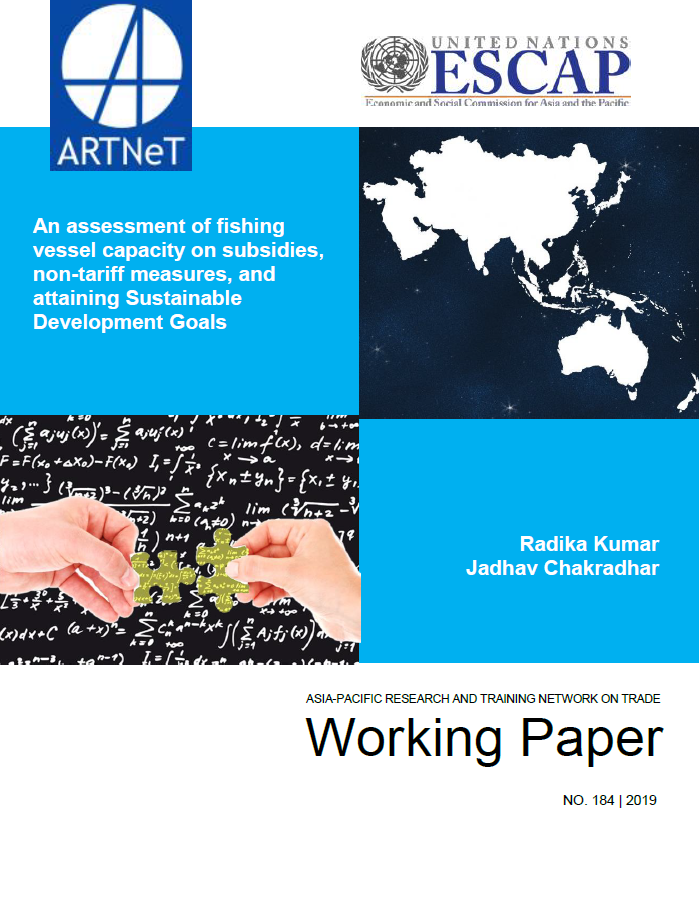An assessment of fishing vessel capacity on subsidies, non-tariff measures, and attaining Sustainable Development Goals

The members of the World Trade Organization (WTO) have been continuously involved in achieving a balanced outcome in the area of fisheries subsidies negotiations in 2018. The discussions have been ongoing and will continue in 2019. According to the 11th Ministerial Conference decision of the WTO, members are committed towards securing a deal in 2019. There are various aspects of fisheries subsidies that members of the WTO are presently assessing. The SDG (Sustainable Development Goals) Target 14.6 is one of the fundamentals for an outcome in the fisheries negotiations. The SDG Target 14.6 aims to prohibit or reduce fisheries subsidies linked to overfishing, overcapacity and illegal, unreported and unregulated fishing (IUU). In 2018, in the Rules Negotiating Group (RNG) on the fisheries clusters, members have discussed on overfishing and IUU issues. However, discussions on the overcapacity issue merits further investigations part of the SDG Target 14.6. This paper therefore aims to assess the relationship between fishing vessel capacity and fisheries subsidies as well as non-tariff measures, and provide further policy advice to trade negotiators in relation to the SDGs. In the assessment, we use panel data modelling of select developed OECD member countries that hold current vessel capacity and assess this against subsidies, non-tariff measures, exports and fish landing. The selected OECD member countries comprise of the proponents of the “Friends of fish” group. The finding of the paper provides policy recommendations for negotiators on fisheries subsidies and overcapacity. It also provides suggestions for special and differential treatment for developing and least developed countries (LDCs) in the fisheries negotiations.
